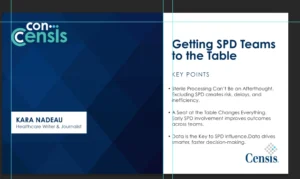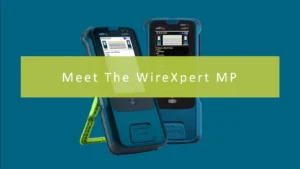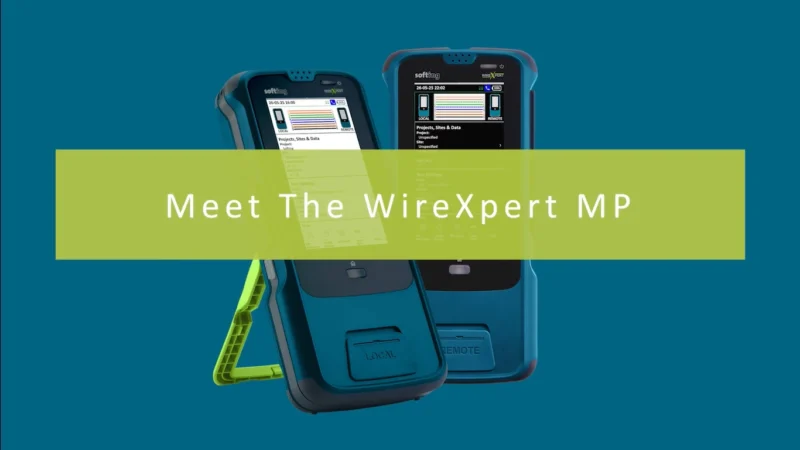Hotels Are Inspiring and Setting the Standard for Smart Device Integrations in the Home
In the age of chef-driven restaurants and boutique hotels, interior design is evolving from bland, beige spaces to vibrant and personalized aesthetics. Designers like Andrew Alford are leading this trend, infusing spaces with local art, colorful furniture, and unique collections. As this shift takes place in public venues, homeowners are increasingly inspired to bring the same energy and distinctiveness into their personal spaces. And the fusion of hospitality and home design trends has been accelerated by advancements in smart device integrations.
What, exactly, are some of the latest trends from hotels spilling over into home design trends? Is it lighting, layout, smart device integrations, simplicity or simply the aura of the hotel space? Let’s hear from Giles Sutton, SVP of Product & Business Development at CEDIA, as he provides insights on how hospitality design and technologies are shaping our living space.
Giles’s Thoughts:
Outdoor Entertainment in Modern Living
“The idea that entertainment is not just inside the home but outside the home as well. I’ve seen in hotels now there’s an emphasis on the outdoor space as well. And so that includes bringing music and entertainment outside. And that’s really something we’ve seen, on an upward trend as well in homes.”
Smart Technology: Bridging Hospitality and Home
“I think smart tech definitely has a role to play, in transcendence from hospitality into the home. I think one of the main areas I’ve seen … is this emphasis on firstly simplicity … So first of all, we’re seeing a lot more consolidation that includes lighting, and as well as being able to bring your own personal choices from music or from media, being able to stream it through the television … the TV is a hub of being able to then stream your own content directly to it and then sort of marrying all the technologies into one easy to use interface.”
Innovations in Lighting
“And that sort of also moves across into some of the lighting … the ability to control color and color change lighting … Being able to completely change the mood of a space, not just in terms of having different scenes for different things, but color … Small lightbulbs and things like that was originally a little bit gimmicky, but now you can actually using lighting technologies like Ketra, be able to actually pull different things out of the room. So you can pull a piece of artwork out really to really highlight that … And also, color can really affect mood.”
Redefining Workspaces in the Home
“The other thing is work areas, distinct work areas. So, the traditional home would have your study … Well, now, obviously, we’re in a hybrid working environment … So, there’s a lot more people that are working from home … So the idea that you have distinct work areas around the home as well is something that I think has carried across from hospitality design.”
Emerging Technologies in Hospitality Design
“I think, hospitality designers can continue to evolve, from embracing technology as a way to enhance the experience … motorized shading solutions is one of those areas. Voice control. I’ve seen that deployed in hotel rooms as well … So voice is definitely one of those emerging areas. The other thing is, it’s that sort of emphasis on more tactile controllers…You’re having something that is aesthetically very pleasing … but those being able to control scenes and the climate, the temperature within the space.”
Focus on Energy Efficiency and Interconnected Spaces
“Yeah, I think that and the other area I would say as well is the emphasis on energy efficiency … But the idea that low voltage lighting, motorized shading can also impact home energy consumption … And by attenuating the temperature within a space … continuing with simplicity, the trend of simplifying through technology because everything is becoming more connected. And it’s not just about the TV, but more and more devices are going to be connected … and that’s something that has really lent itself on smart home and that will become easier with standards like matter.”








